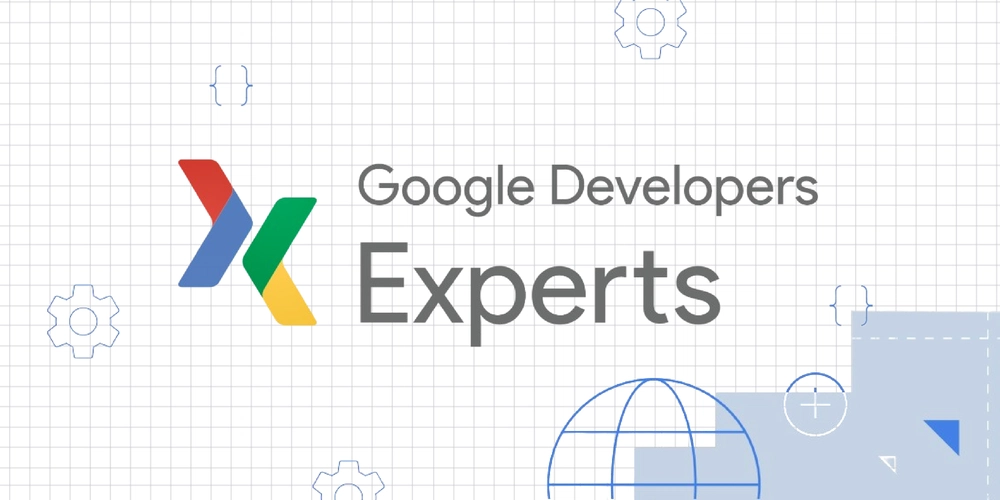Master LLM Reinforcement Learning with Nous Research Atropos: A Practical Guide

Looking to fine-tune your Language Models (LLMs) with Reinforcement Learning (RL)? Atropos, developed by Nous Research, provides a robust and scalable framework for just that. This guide will walk you through the key features, benefits, and how to get started with this powerful tool. Whether you are a researcher or developer, explore how to use Atropos for LLM RL environments.
What is Atropos and Why Should You Use It?
Atropos is a Language Model Reinforcement Learning Environments framework. It focuses on collecting and evaluating LLM trajectories through diverse environments. The goal is to give a flexible, scalable platform to speed up LLM-based RL research.
Here's why Atropos is a game-changer:
- Multi-Turn & Asynchronous RL: Handles complicated interactions with ease by decoupling environment steps from policy updates. This leads to more efficient training.
- Inference Agnostic: Works with common inference APIs like OpenAI and vLLM. Switch between LLM providers without hassle.
- Trainer Independent: Averts huge code changes with a standard training interface, so you can test more RL algorithms.
Reinforcement Learning Environments: A Flexible and Scalable Solution
Atropos stands out due to its core features, which simplify complex RL tasks:
- Scalable & Decentralized: Easily expands by adding environment instances. Whether local or distributed, these instances contribute to a centralized service.
- Diverse Environment Integration: Handles a array of environment types simultaneously. It is suited for heterogeneous, multi-modal training.
- Standardized Platform: Atropos offers a standardized way to expedite research on LLM-based RL across complex settings.
Diving into Atropos' Capabilities: Real-World Results
Atropos has already demonstrated tangible improvements in various domains. Here's a glimpse:
- Tool Calling: The DeepHermes-ToolCalling-Specialist-Atropos model shows you how useful Atropos is. Find it on Hugging Face.
- Financial Prediction: Utilize the DeepHermes-Financial-Fundamentals-Prediction-Specialist-Atropos model. Check it out here.
- RLAIF Experiments: Dive into quirky personalities with DeepHermes Egregore models. Explore v1 and v2.
These examples show how effective Atropos is. It creates specialized models for various complex tasks.
Get Started with Atropos
Ready to implement Atropos? Here's how to get started.
Installation
First, make sure you have Python 3.10 or later. Then, install Atropos with pip:
For development or running examples, use these commands:
Create Your Own Environment
- Base Class: Make sure you read Base Class Documentation to learn core concepts.
- Existing Environments: See existing environments in the
environments/folder for examples.
Run an Example Environment to Create LLM RL environment
-
Edit Config: Change the
config_initsection of your chosen environment file (like GSM8K). Ensure it points to your VLLM or SGLang inference server. -
Start API and GSM8K environment:
Training Your Model
- Training Example: Follow the training example guide for detailed instructions.
- Monitor: Use the logging system to track completion lengths, evaluation accuracies, and more.
Debugging Tools
Atropos can help you test and understand your environments locally without full distributed setup, using the trajectory-handler.
Key Debugging Tools:
- Flexible Model Provider Support: Atropos works with any model provider using the OpenAI API. Just enter the base URL and API key to integrate their models.
- View Run: Launch a Gradio UI to view rollouts from your environment. Debug interactions and data flow easily.
- Offline Data Generation: Collect rollouts from environments and change them into formats suitable for SFT or DPO. You can use
atropos-sft-genandatropos-dpo-gen.
Contributing and Licensing
Atropos thrives on community contributions. Check out the contributing guide for details on code formatting and more. Atropos is MIT licensed, so view the LICENSE file for more info.
Conclusion
Atropos stands out due to its flexibility, power, and scalability when it comes to LLM reinforcement learning environments. All you need to do is to set it up, and then fine-tune LLMs.
.png)


